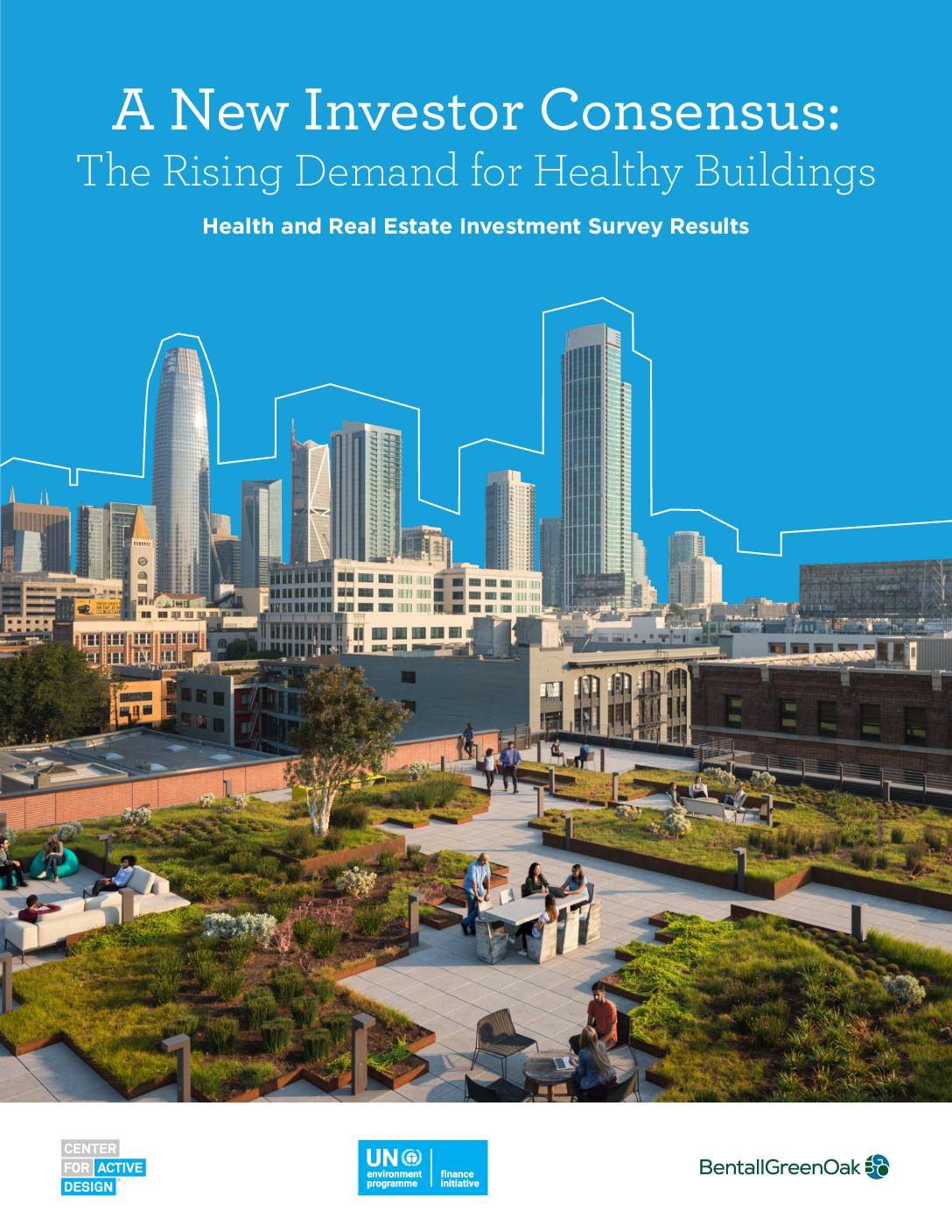COVID-19 has elevated the importance of health and wellness into residential real estate development, acquisition and renovation decision-making. A paradigm shift within the sector is leading to a fresh evaluation of the role that the built environment plays in the safety, health and wellness of its occupants. 85% of global real estate investment managers and stakeholders representing an aggregate €4.9tn assets under management (AUM) and portfolio investments in real estate totaling approximately €.88tn expressed that current demand for healthy buildings is moderate or strong. 74% indicated that tracking data is a key priority for implementing healthy buildings into their ESG strategies. Integration of health and wellness into certification systems provides a clear pathway for the industry to more consistently accomplish this by establishing clear benchmarking and reporting standards. 61% indicate they already track health and wellness.
Link to resource Download sourceShare this

Sector: Finance
Country / Region: Europe, United States
Tags: Banks, benchmarking, built environment, citizens, corporate reporting, decision-making, health sector, human health, industrial benchmarking, industry, Industry Regulators, Institutional Investors, National Regulators, program evaluations, SMARTER, stakeholders, Supranational RegulatorsIn 5 user collections: Green Home Investment Platform – Industry Regulators , Green Home Investment Platform – National Regulators , Green Home Investment Platform – Supranational Regulators , Green Home Investment Platform – Institutional Investors , Green Home Investment Platform – Banks
Knowledge Object: Web Resource
Author: Center for Active Design, United Nations Environment Program Finance Initiative, BentallOak
